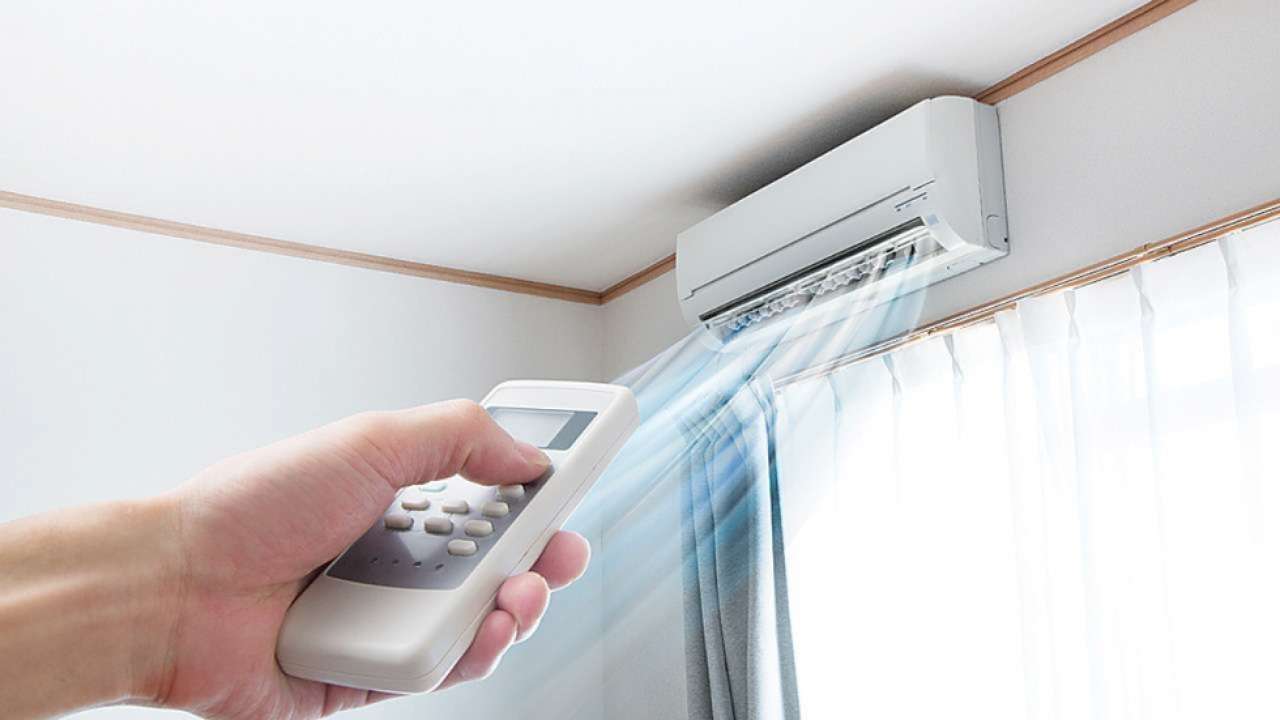

Articles
How To Turn On The AC
Modified: October 20, 2024
Learn how to turn on the AC with our helpful articles. Stay cool this summer with our expert tips and tricks.
(Many of the links in this article redirect to a specific reviewed product. Your purchase of these products through affiliate links helps to generate commission for Storables.com, at no extra cost. Learn more)
Introduction – The Importance of Knowing How to Turn on the AC
As the summer months approach, the sweltering heat can become overwhelming, making it essential to have a properly functioning air conditioning (AC) system. However, simply having an AC unit is not enough; knowing how to turn it on effectively is crucial to keep your space cool and comfortable. In this article, we will explore the importance of knowing how to turn on the AC and guide you through the necessary steps to ensure a seamless cooling experience.
Turning on the AC may seem like a straightforward task, but without proper knowledge and understanding, it can lead to unnecessary complications and even potential damage to the system. By learning the step-by-step process, you can confidently control the atmosphere in your home, office, or any other space where an AC unit is installed.
Not only does knowing how to turn on the AC ensure a comfortable environment, but it also helps optimize energy usage and reduces utility costs. By efficiently operating the AC system, you can maintain a pleasant temperature while avoiding unnecessary energy wastage.
Another vital reason to know how to turn on the AC is to address any potential issues promptly. By regularly powering on and testing the AC, you can detect any problems or malfunctions early on and seek professional help if needed, preventing any extensive damage or costly repairs down the line.
In addition, having knowledge of how to turn on the AC allows you to tailor the cooling experience according to your preferences. Whether you prefer a specific temperature or cooling mode, understanding the controls and settings of the AC system ensures that you can create a comfortable environment that suits your needs.
Overall, mastering the art of turning on the AC empowers you with the ability to create a comfortable, energy-efficient, and hassle-free cooling experience. It ensures that you can control the climate of your space effectively and address any issues promptly, resulting in a more enjoyable and cost-effective AC usage.
Now that we understand the importance of knowing how to turn on the AC, let’s dive into the practical steps involved in successfully starting the AC unit. By following these steps, you can ensure optimal performance and maximum comfort throughout the hot summer months.
Key Takeaways:
- Mastering the art of turning on the AC empowers you to create a comfortable, energy-efficient, and hassle-free cooling experience. It ensures optimal performance and maximum comfort throughout the hot summer months.
- Regular maintenance and timely professional assistance are key to keeping your AC unit in optimal condition and ensuring a comfortable and efficient cooling experience. Remember to prioritize energy-saving habits and enjoy a refreshing indoor environment throughout the hot summer days.
Read more: AC Clicking Noise When Turned On
Checking the Power Source – Ensuring the AC Unit is Connected to a Power Source
Before anything else, it’s crucial to ensure that your AC unit is properly connected to a power source. Without a reliable power supply, the AC system won’t be able to function effectively. Here are the steps to check the power source:
- Inspect the power cord: Start by examining the power cord of the AC unit. Look for any signs of damage, such as frayed or exposed wires. If you notice any issues, it’s important to address them before proceeding.
- Verify the outlet: Make sure the AC unit is plugged into a functioning electrical outlet. Check if the outlet is compatible with the required voltage and amperage specifications of the AC unit. If the outlet does not meet the necessary requirements, consider contacting an electrician to make the necessary adjustments.
- Check the circuit breaker or fuse box: If the AC unit is connected to the power supply but still not turning on, the next step is to inspect the circuit breaker or fuse box. Locate the breaker or fuse dedicated to the AC unit and check if it has tripped or blown. If it has, reset the breaker or replace the fuse and attempt to turn on the AC unit again. If the issue reoccurs, it may indicate an underlying electrical problem and requires professional assistance.
- Consider power fluctuations: In some cases, power fluctuations caused by lightning strikes or electrical issues in the area can disrupt the AC unit’s operation. If you suspect this is the case, wait for a stable power supply and then attempt to turn on the AC unit again.
By carefully inspecting the power source and addressing any potential issues, you can ensure that your AC unit is receiving the necessary power to function. This step is essential in troubleshooting any power-related problems that may prevent the AC unit from turning on or operating optimally.
Once you have confirmed that the AC unit is properly connected to a power source, the next step is to adjust the thermostat and set your desired temperature. We will explore this in the next section.
Adjusting the Thermostat – Locating the Thermostat
After ensuring that your AC unit is connected to a power source, it’s time to adjust the thermostat. The thermostat is a vital component of the AC system that allows you to control the temperature and cooling settings. Here’s what you need to do:
- Locating the thermostat: The thermostat is typically located on an interior wall of your home or office. It may be positioned in a common area or in specific rooms, depending on the setup. Look for a small device with temperature controls, buttons, and a digital or analog display.
- Setting the desired temperature: Once you have located the thermostat, check if it is currently set to the desired temperature. If not, adjust the temperature setting by using the up and down arrows or turning the dial, depending on the type of thermostat you have. Aim for a comfortable temperature that suits your needs.
- Choosing the appropriate cooling mode (if applicable): Some thermostats offer different cooling modes, such as “Cool,” “Fan Only,” or “Eco.” Consider the specific features of your thermostat and select the appropriate cooling mode. If you’re unsure, refer to the user manual or consult with a professional to understand the available options and their respective benefits.
By locating the thermostat and adjusting the temperature and cooling mode settings, you can customize the cooling experience to meet your preferences. Whether you want to maintain a specific temperature or take advantage of energy-saving modes, the thermostat allows you to have control over the cooling process.
Once you have set the desired temperature and cooling mode, it’s time to move on to the next step – turning on the AC unit.
Turning on the AC Unit – Locating the Power Switch on the AC Unit
Now that you have adjusted the thermostat, it’s time to turn on the AC unit itself. Follow these steps to ensure a smooth start:
- Locating the power switch on the AC unit: On the AC unit itself, typically mounted on an exterior wall or located in a designated space, there is a power switch. This switch allows you to turn the AC unit on or off. It is important to familiarize yourself with the location of this switch to effectively operate the AC unit.
- Flipping the switch to the “on” position: Once you have located the power switch, flip it to the “on” position. This step ensures that the AC unit receives the necessary electrical power to start functioning. You may hear a faint click or see an indicator light turn on when the switch is flipped.
By following these steps, you have successfully turned on the AC unit. However, it’s important to note that the AC unit may take a few moments to start cooling the area. Patience is key as the system activates and begins to circulate cool air.
Now that the AC unit is turned on, let’s move on to the next step – testing the airflow to ensure that the unit is working properly.
Make sure the thermostat is set to “cool” and the temperature is lower than the current room temperature. Then, switch the AC unit on and adjust the fan speed to your preference.
Testing the Airflow – Listening for the Sound of the AC Unit Powering On
Now that you have turned on the AC unit, it’s time to test the airflow to ensure that it is working properly. Follow these steps to gauge the performance of your AC system:
- Listening for the sound of the AC unit powering on: After turning on the AC unit, listen closely for any sounds indicating that it is functioning. You may hear a gentle humming or the sound of the fan running. These noises are normal and indicate that the AC unit is operating as it should.
- Feeling for cool air coming from the vents: Stand in proximity to the vents or air registers connected to the AC system. Place your hand near the vent to feel for cool air coming out. If the system is functioning correctly, you should feel a noticeable stream of cool air. This is a clear indication that the AC unit is effectively cooling the air and distributing it throughout the space.
By listening for the sound of the AC unit powering on and feeling for cool air coming from the vents, you can confirm that your system is working as intended. If you notice any unusual noises or a lack of cool air, it may indicate a potential issue that requires further investigation or professional assistance.
Regularly testing the airflow is essential to ensure that the AC unit is operating efficiently and providing the desired cooling effects. This step allows you to make adjustments or seek assistance promptly if any problems arise.
Now that you have verified the airflow, let’s move on to the next section, which covers troubleshooting common issues that may occur when turning on the AC unit.
Read more: Why Is My AC Fan Not Turning On
Troubleshooting – Common Issues and Possible Solutions
While turning on the AC unit, it is possible to encounter certain issues that may hinder its proper functionality. Here are some common problems and potential solutions:
1. Lack of power: If the AC unit is not turning on or receiving power, double-check the power source and ensure that the circuit breaker or fuse is in the correct position. If the issue persists, it could indicate a faulty power cord or a problem with the electrical wiring. In such cases, it is best to contact a professional electrician for assistance.
2. Insufficient cooling: If the AC unit is running but not providing sufficient cooling, first check the thermostat settings to ensure they are at the desired temperature. Additionally, inspect the air filters and clean or replace them if they are dirty or clogged. Dirty filters can restrict airflow and reduce cooling efficiency. If the problem persists, it may be a sign of a refrigerant leak or an issue with the AC unit’s compressor, which requires professional attention.
3. Uneven cooling or hot spots: If certain areas in your space are not receiving adequate cooling or experiencing hot spots, check the vents or air registers to ensure they are open and unobstructed. Adjusting the air distribution may help alleviate the issue. If the problem persists, it could be due to improper insulation, ductwork issues, or inadequate system capacity. Consulting with an HVAC professional can help identify and address the underlying cause.
4. Strange noises or odors: Unusual noises or unpleasant odors emitting from the AC unit may indicate a problem. Rattling, grinding, or squealing sounds could be a sign of loose components or a malfunctioning motor. Foul odors may indicate mold or a buildup of debris in the system. In either case, it is recommended to turn off the AC unit and seek professional assistance to diagnose and resolve the issue to avoid further damage or potential health risks.
It is essential to note that while some troubleshooting steps can be taken by the user, there are instances where professional help is necessary. If you are uncomfortable or unsure about any aspect of troubleshooting or if the problem persists despite your attempts, it is always best to contact a qualified HVAC technician. They have the expertise and knowledge to identify and resolve complex AC issues safely and effectively.
Regular maintenance and timely professional assistance are key to keeping your AC unit in optimal condition and ensuring a comfortable and efficient cooling experience.
Now that we have covered troubleshooting common issues, let’s wrap up with a recap of the steps outlined in this article.
Conclusion – Recap of the Steps to Turn on the AC
In conclusion, knowing how to turn on the AC is essential for maintaining a cool and comfortable environment, especially during the hot summer months. Let’s recap the steps we’ve covered:
- Start by checking the power source to ensure that the AC unit is properly connected and receiving power. Inspect the power cord, verify the outlet compatibility, and check the circuit breaker or fuse box if necessary.
- Locate the thermostat and adjust the desired temperature and cooling mode settings to personalize your cooling experience.
- Find the power switch on the AC unit and flip it to the “on” position to activate the system.
- Test the airflow by listening for the sound of the AC unit powering on and feeling for cool air coming from the vents.
- If any issues arise, troubleshoot common problems such as lack of power, insufficient cooling, uneven cooling, or strange noises/odors. Seek professional assistance when needed.
Alongside the steps mentioned above, it is important to highlight the significance of regular maintenance for optimal AC performance. Regular maintenance includes tasks such as cleaning or replacing air filters, inspecting and cleaning the outdoor unit, and scheduling professional tune-ups.
By performing regular maintenance, you can prolong the lifespan of your AC unit, improve energy efficiency, and prevent potential issues from escalating. It also ensures that your AC system operates at its best, providing consistent and reliable cooling throughout its lifecycle.
Remember, in addition to turning on the AC, it is crucial to practice energy-saving habits such as setting the thermostat to appropriate temperatures, utilizing programmable thermostats, and properly insulating your space to maximize efficiency and reduce energy consumption.
By following these steps and prioritizing regular maintenance, you can enjoy a comfortable and refreshing indoor environment throughout the hot summer days while optimizing energy usage and extending the lifespan of your AC system.
So, stay cool, stay comfortable, and make the most out of your AC unit!
Frequently Asked Questions about How To Turn On The AC
Was this page helpful?
At Storables.com, we guarantee accurate and reliable information. Our content, validated by Expert Board Contributors, is crafted following stringent Editorial Policies. We're committed to providing you with well-researched, expert-backed insights for all your informational needs.
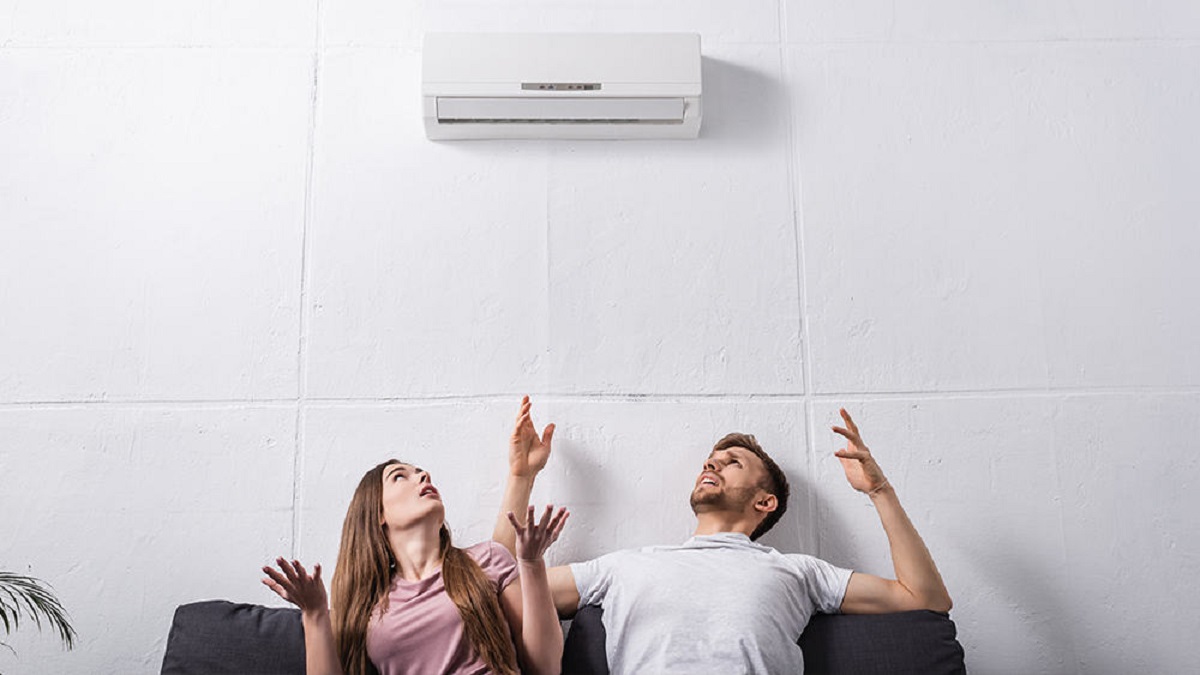
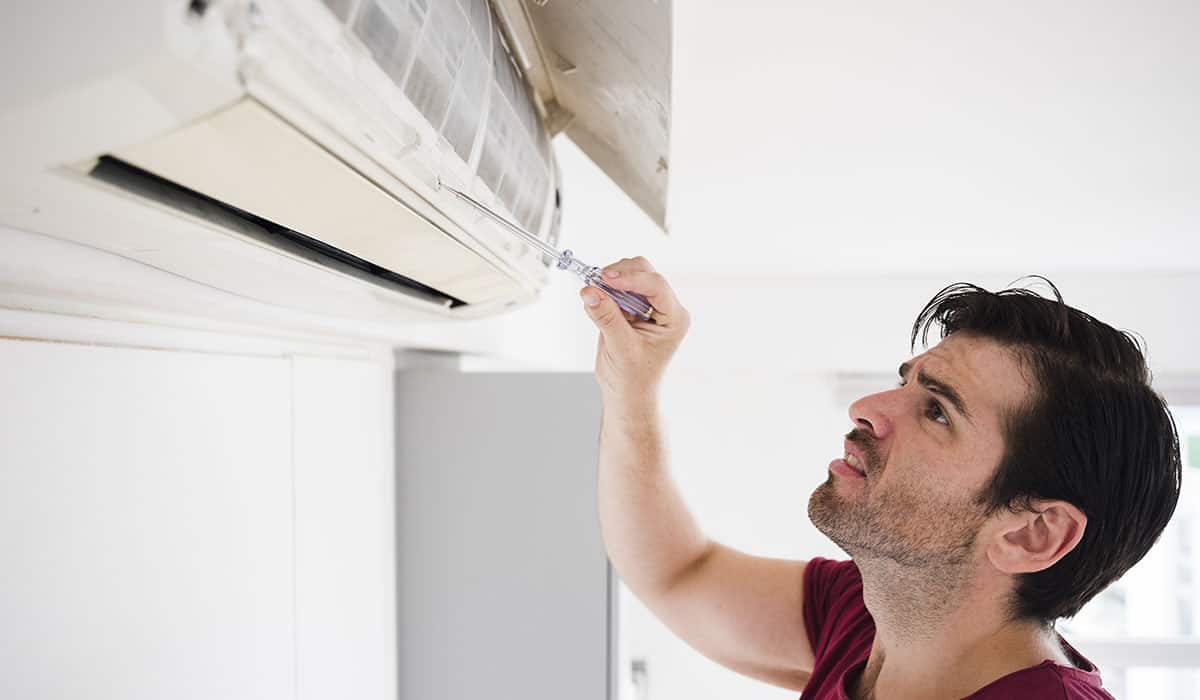
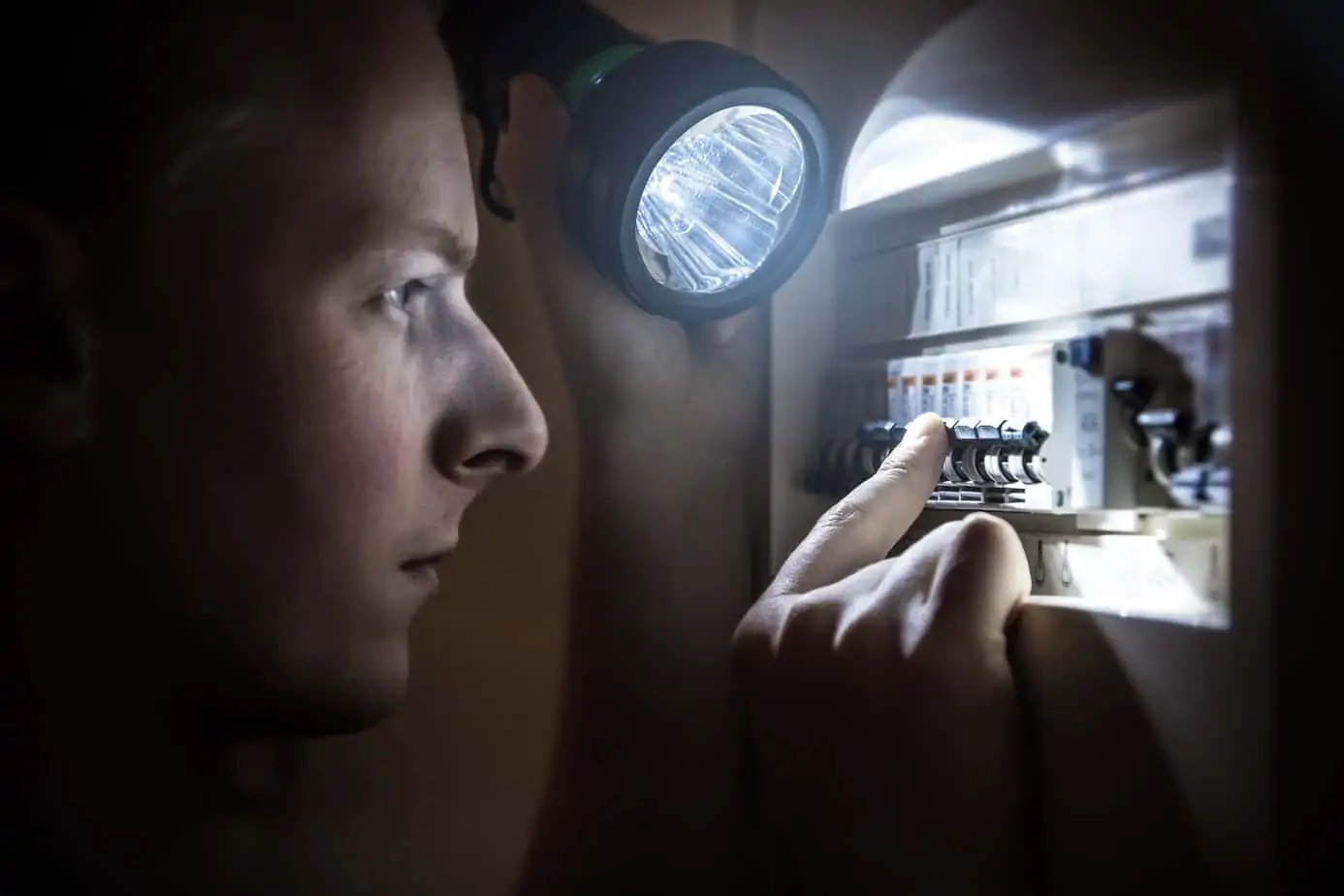

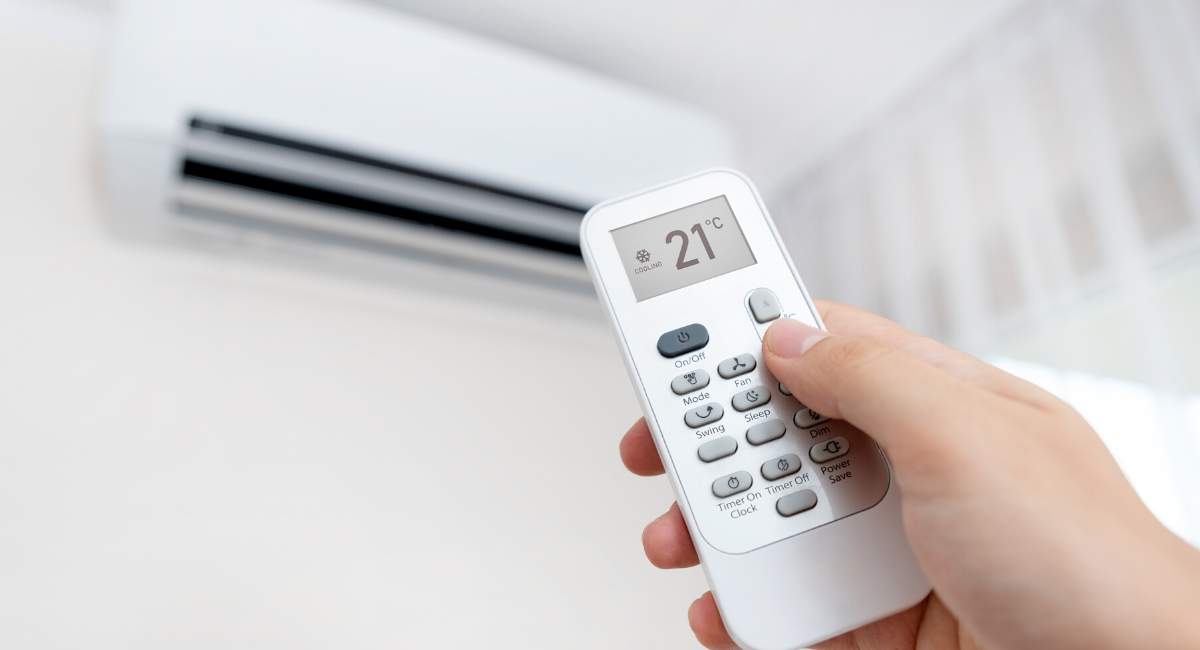


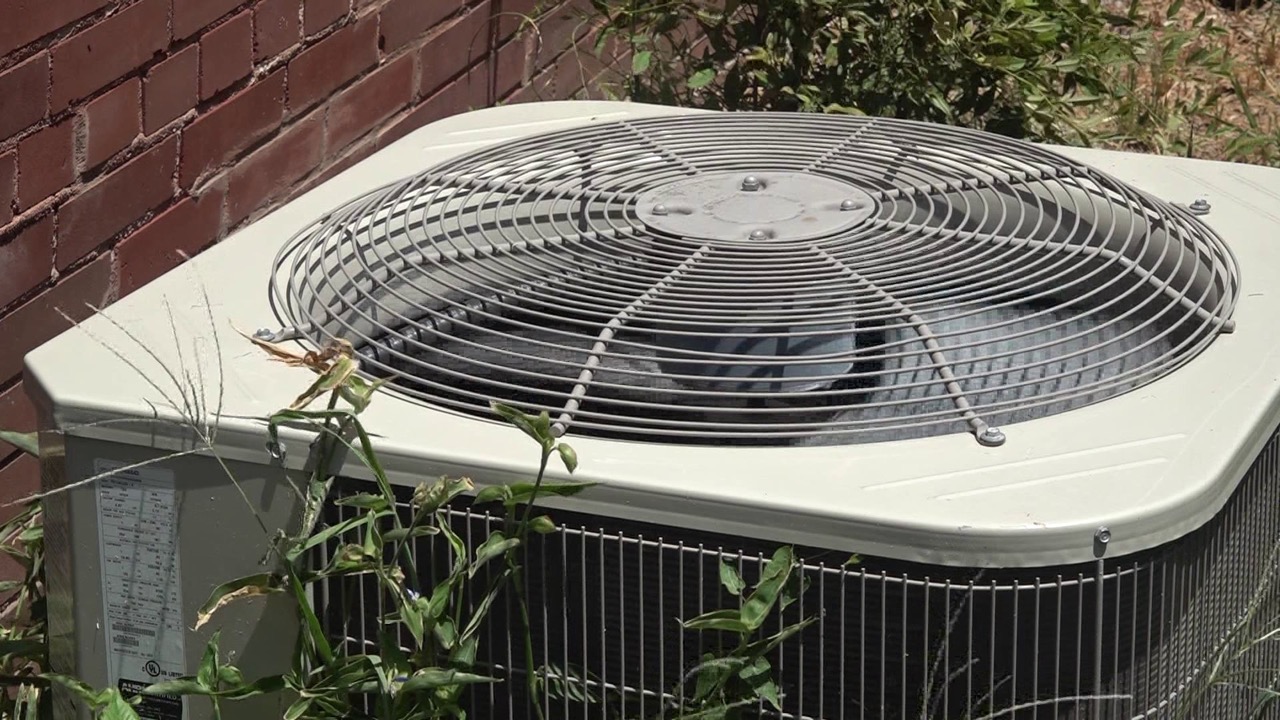
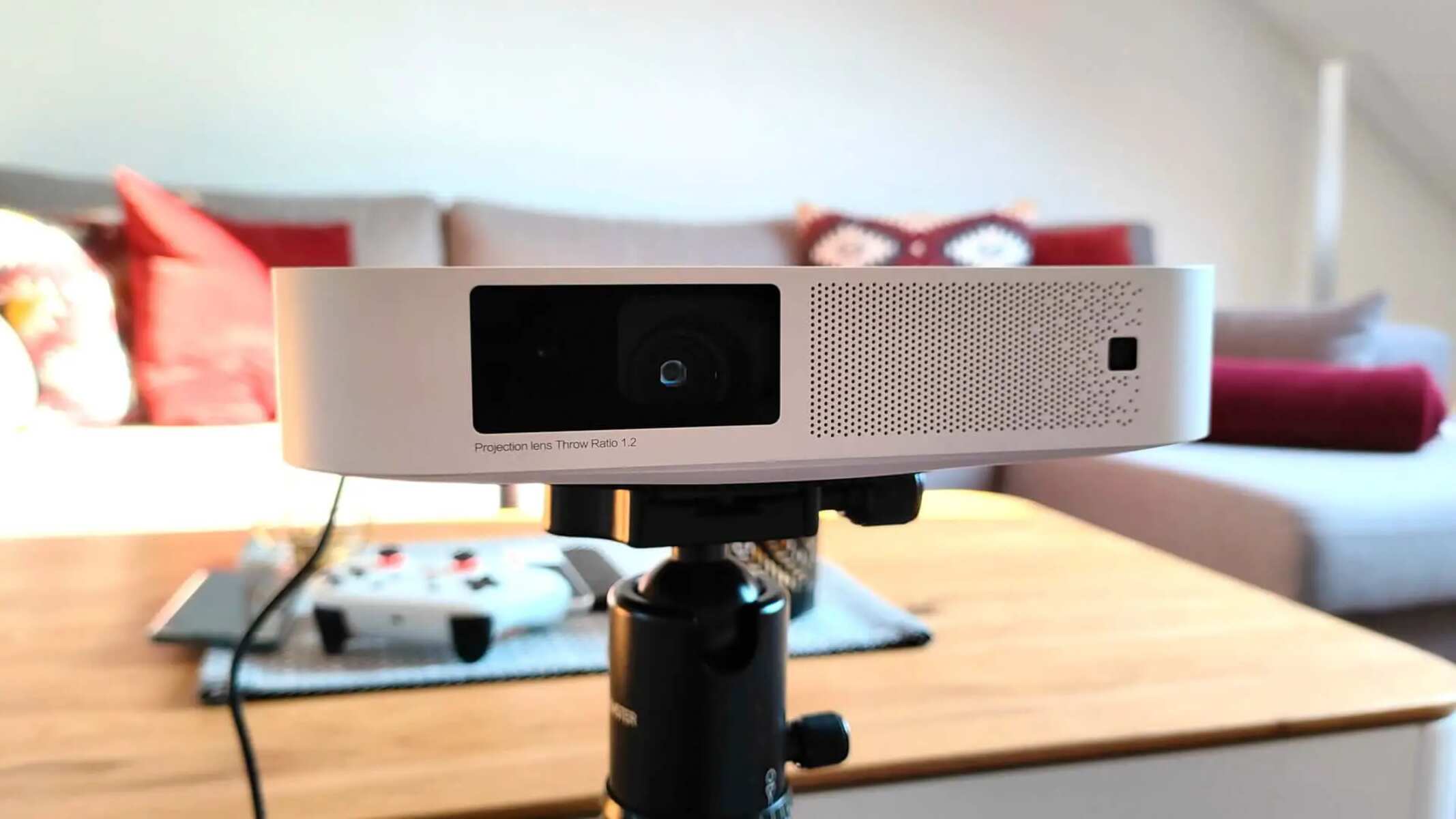
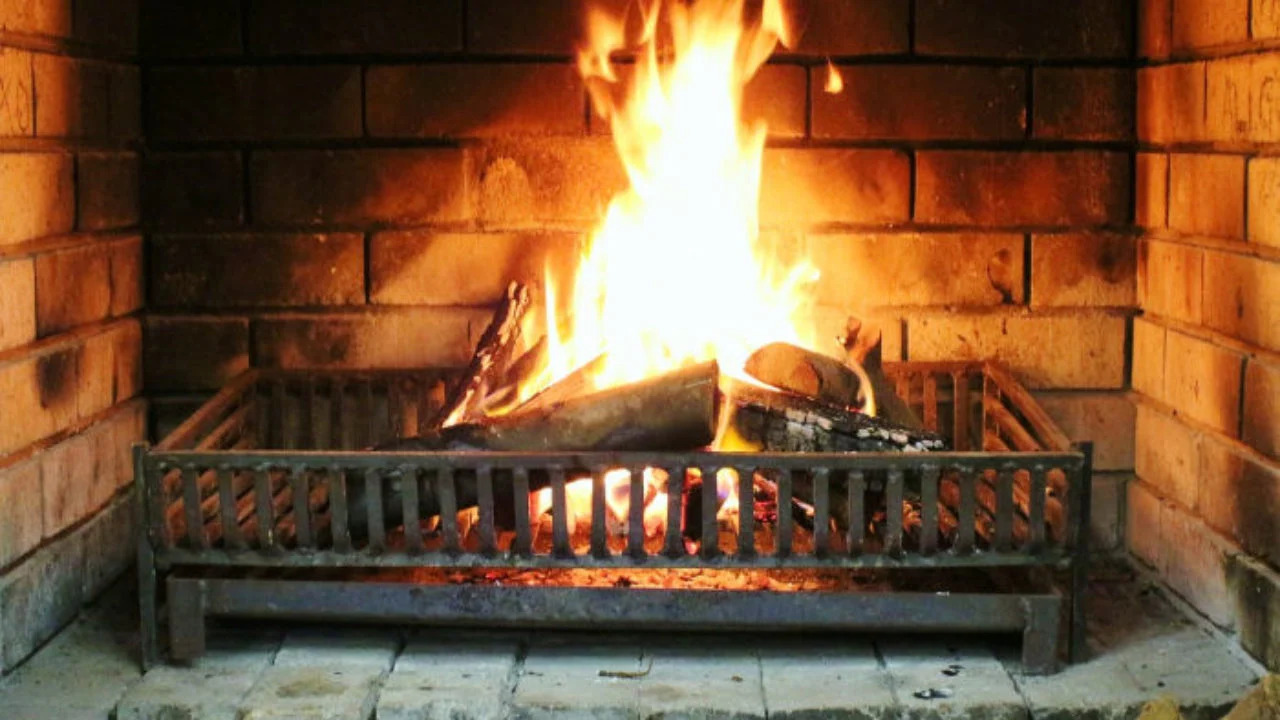

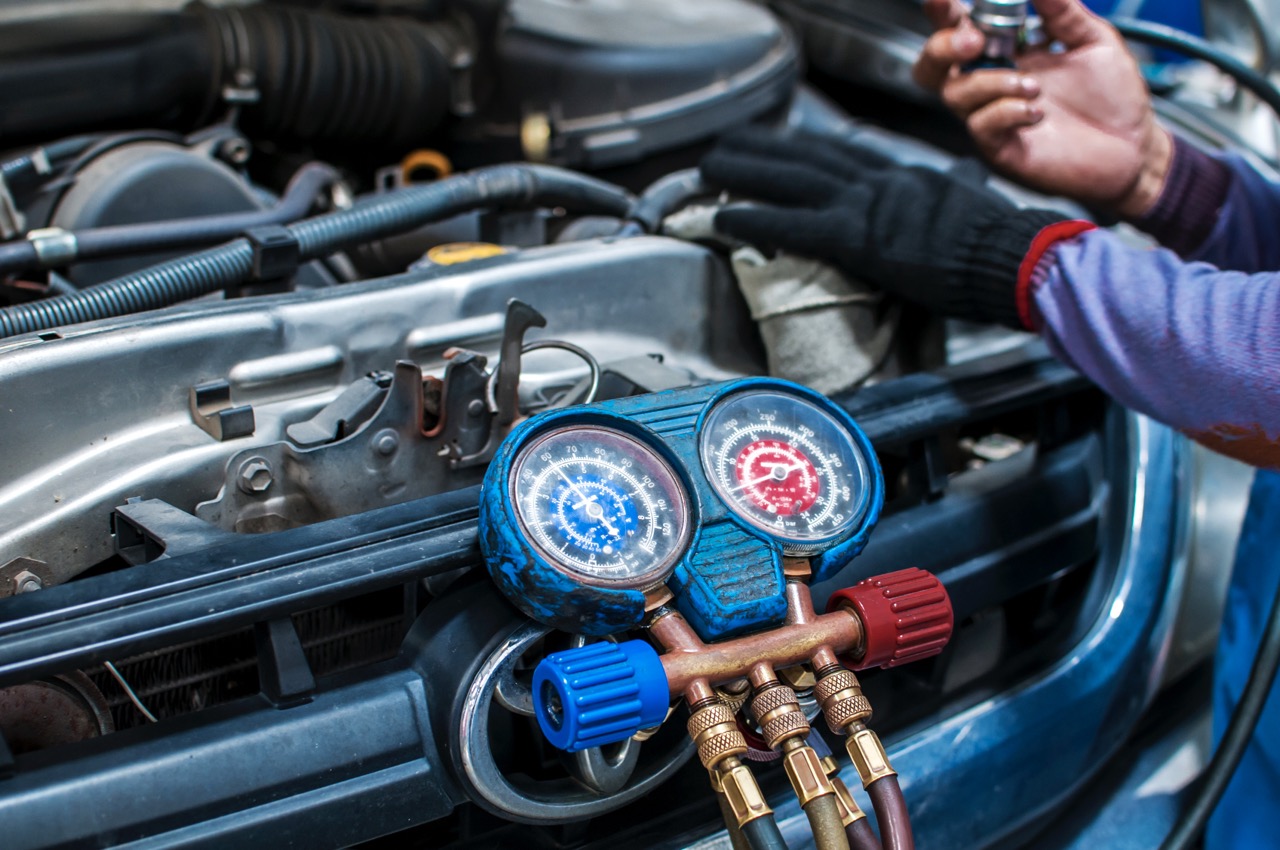
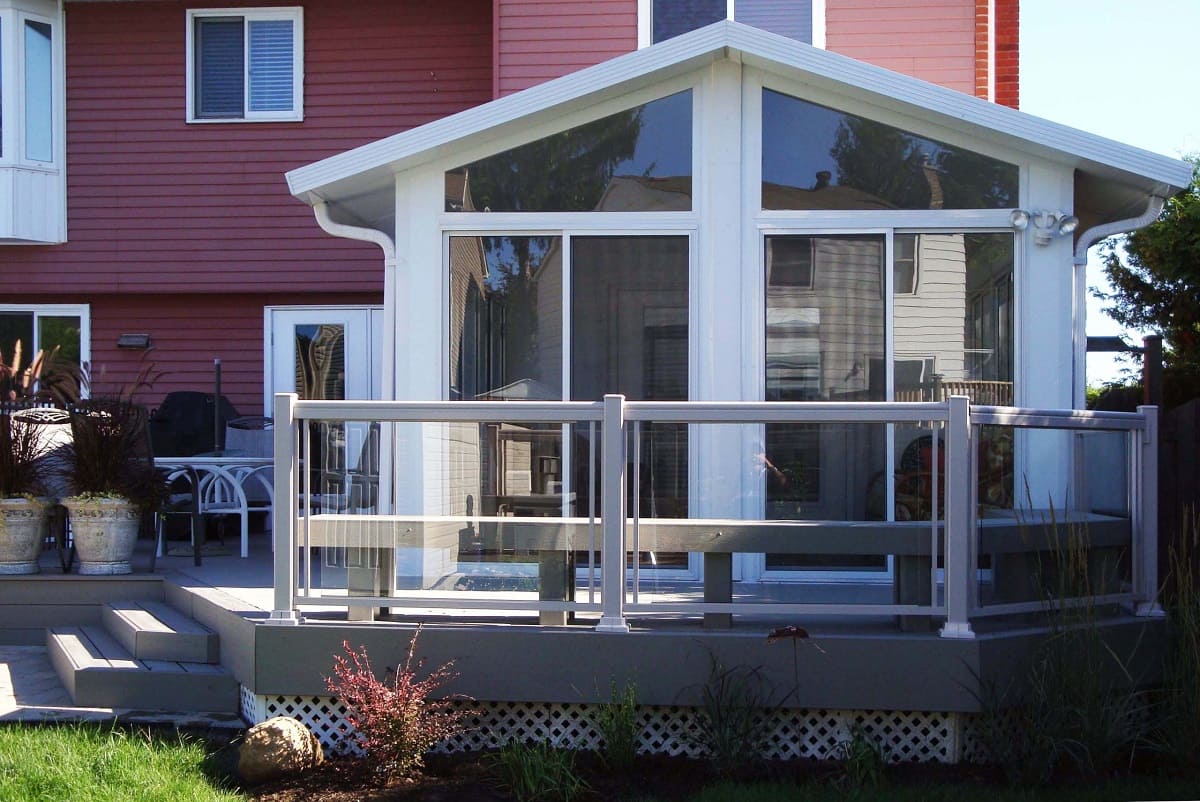
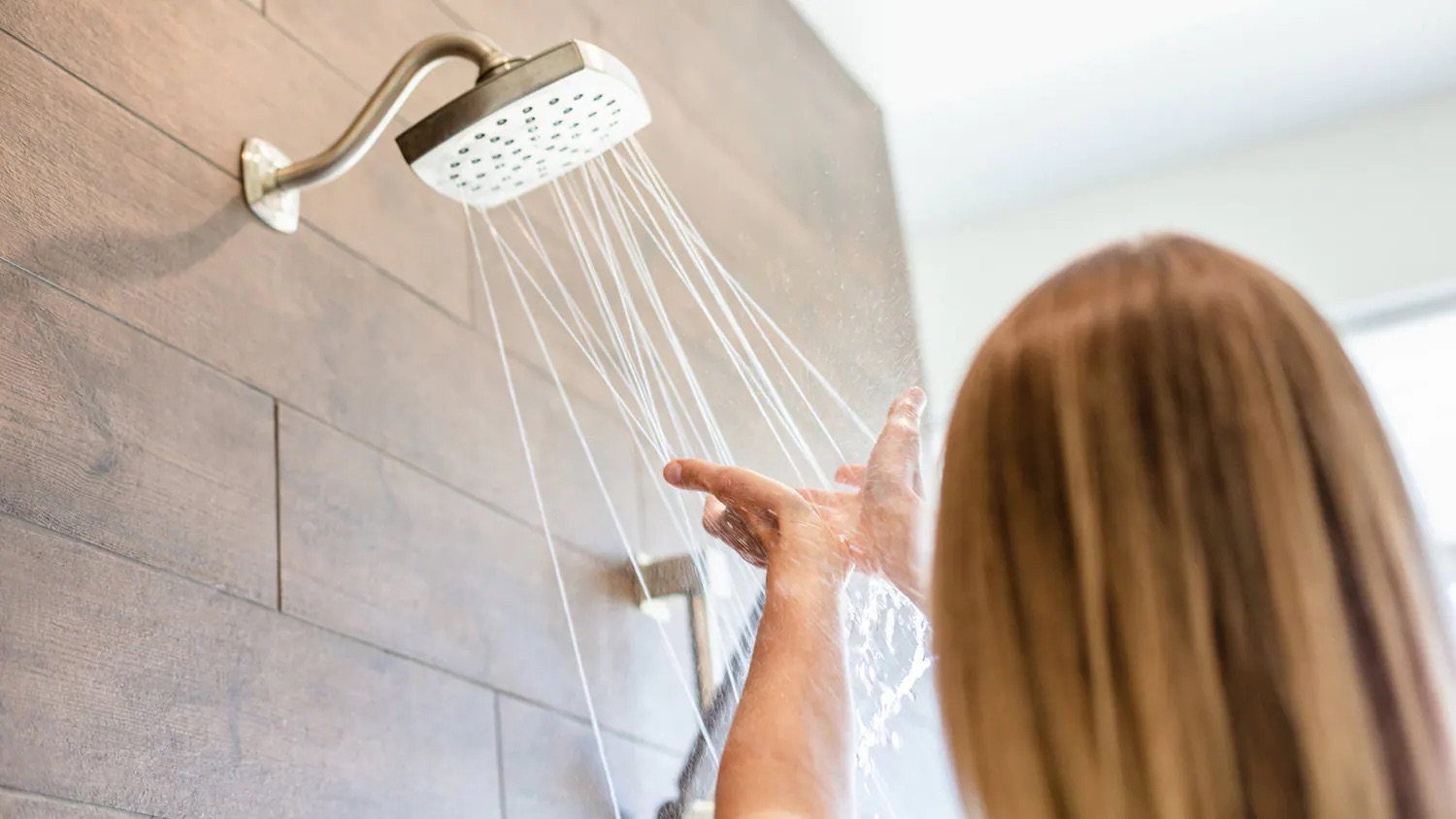

0 thoughts on “How To Turn On The AC”